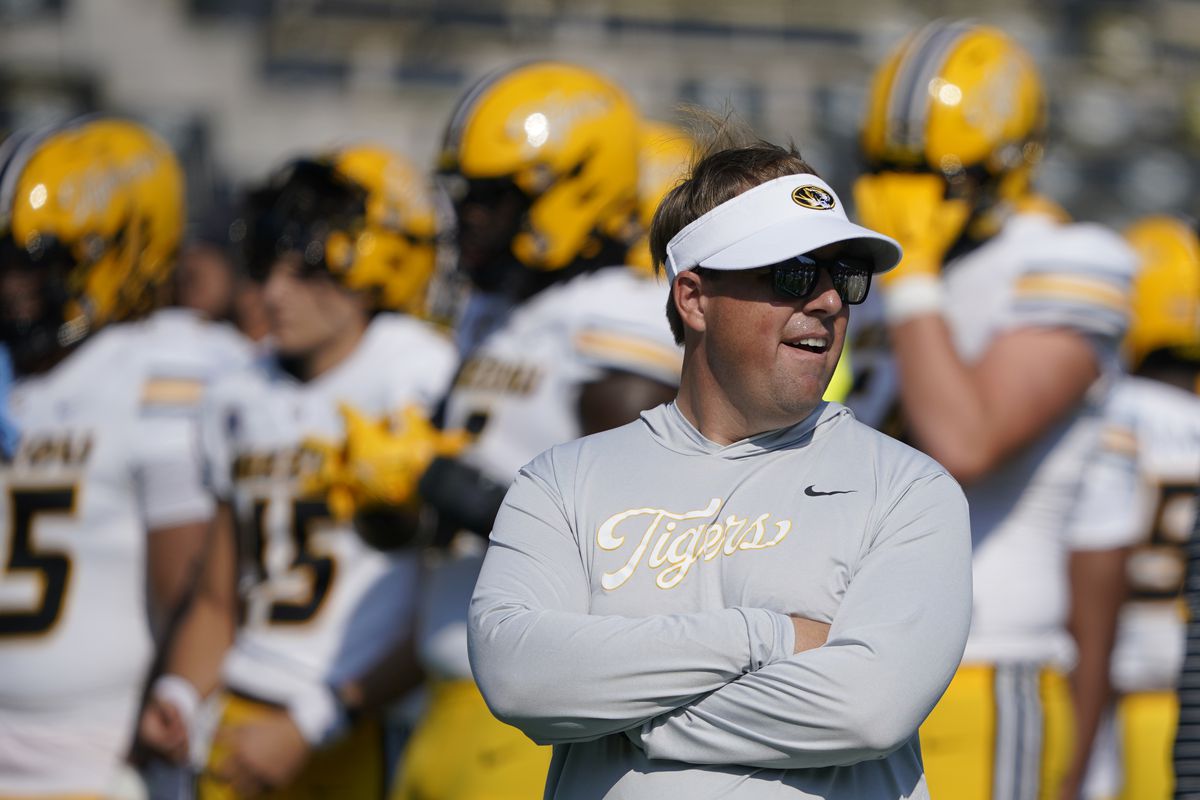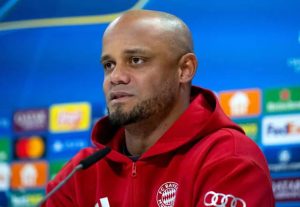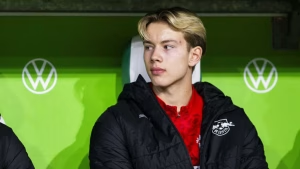
Patterns in How Eliah Drinkwitz Utilizes the Transfer Portal
Last offseason, I wrote an article summarizing some of the patterns in Eli Drinkwitz’s utilization of the transfer portal. As Mizzou wraps up its activity in the initial portal window for this year, preceding spring ball, it’s time to revisit those findings and evaluate how this year’s group of experienced newcomers aligns with Drinkwitz’s past strategies in program development.
In my analysis from last year, I observed two key trends: firstly, Missouri’s coaching staff displayed a strong preference for recruiting players from Power Five conferences, particularly those with multiple years of eligibility remaining. The eligibility aspect was crucial in previous transfer acquisitions. The focus wasn’t merely on filling gaps but on building the roster through sustained additions. It was understood that veteran transfers committing to Missouri couldn’t easily depart without either a year of ineligibility or completing their degree. However, recent legal challenges have undermined this rule, making it no longer a surety in NCAA regulations.
The trend of predominantly attracting transfers from prominent programs persists, with about a third of this year’s cohort originating from Group of Five conferences. This pattern largely mirrors the inclusion of nine out of the previous 31 transfers from lower-tier college football programs.
:no_upscale()/cdn.vox-cdn.com/uploads/chorus_asset/file/25242670/Screenshot_2024_01_22_at_5.07.44_PM.png)
Missouri has experienced four transfer portal offseasons. During three of these periods, they resorted to recruiting from smaller schools to address roster gaps, particularly by acquiring multiple players for the same position. For instance, in 2021, they recruited Akayleb Evans and Allie Green, a cornerback duo from Tulsa, to strengthen their youthful secondary.







